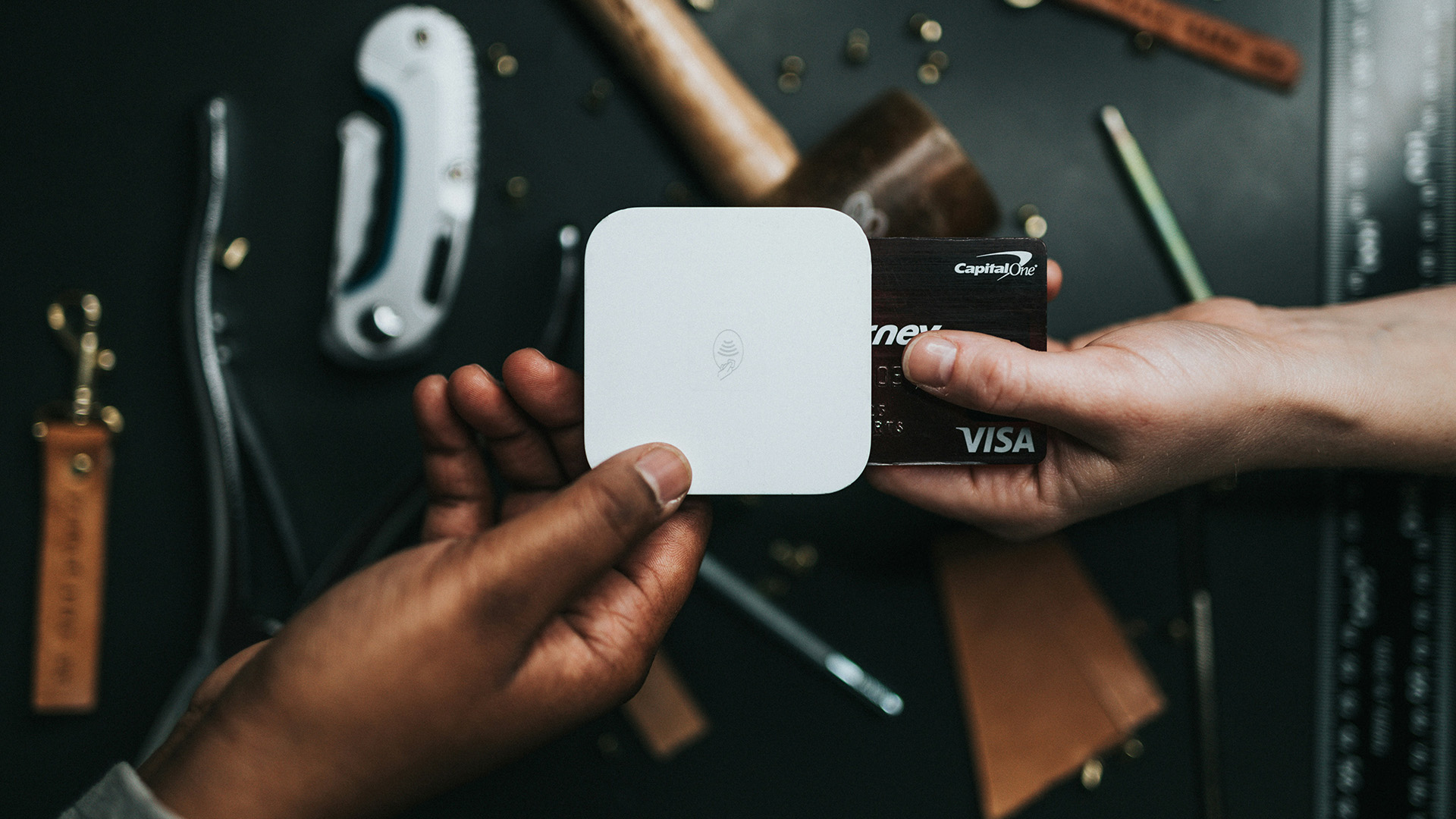Published by
In 2023, as artificial intelligence (AI) became the buzzword of the year, restaurants raced to use it to their advantage, and we saw big chains such as Chick-Fil-A, Wendy’s, and Taco Bell start implementing and using AI for a range of tasks.
The AI revolution seemed to come at the perfect time: the QSR industry had been under pressure as they faced inflation, supply chain issues, and labor shortages. AI has increasingly been implemented to lessen the burden of these problems, with its capabilities to monitor inventory, take orders, and in Chipotle’s case, even cut avocados.
Looking at the year ahead, AI will likely be implemented by even more QSRs, and for good reason. By improving operational efficiency, AI not only lessens the burden for employees, but also improves customer experience at restaurants.
Getting it Right the First Time
QSRs are drawn towards using AI due to its accuracy and efficiency. While there may be mistakes made to orders when servers are dealing with the lunch rush, AI can accurately record orders, even when challenged with complex personalizations to menu items. Big restaurants such as Taco Bell, Chipotle, and Domino’s are some examples of QSRs that have implemented AI bots into drive-through lanes and online chatbot ordering systems. As well as accurately recording customers’ orders, they are able to make recommendations and answer questions. Wendy’s has even used it to upsell menu items.
With AI doing the initial heavy lifting, employees have more time on their hands to focus on delivering a high-quality customer experience. They can ensure that customers’ orders are carefully prepared, the restaurant is clean, and diners’ needs are met. By implementing AI, not only can employees focus on the more important and time-consuming aspects of their role, but customers’ experiences are improved as they are met with better quality service from staff.
However, using AI is still in its beginning stages, and ordering systems only work as well as the AI models can be trained. This might mean a rocky start when initially installed. For example, early last year, Tik Toks went viral of the ‘McDonald’s robot’ mixing up customers’ orders. But as more and more people order with voice recognition or chatbots, the more the AI learns. By collecting more data, AI systems will become smoother and more accurate, even understanding off-menu orders.
Reducing Wait Times and Work Loads
Using AI also helps QSRs to speed up processes. Wait times are reduced as orders are taken and processed more quickly. Additionally, as it is a more seamless system, there is less room for human error. Customers’ experiences at fast food restaurants will be improved if they don’t have to deal with frustrating inconveniences such as slow orders when they’re in a rush or getting the wrong meal. It also allows employees to be more efficient as they don’t have to spend as much time dealing with customer complaints or remaking orders.
AI can also be used to understand trends, which helps QSRs plan their inventory and staffing. AI uses numerous variables to predict what times will be busiest, including past data, weather, and events. With this data, it can understand what time of day will have the most foot traffic and what food items will be more popular during those hours. This can help QSRs prepare for rushes. With AI understanding these trends, employees are not overworked and left burnt out by the end of a shift, as restaurants will know how many people should be on shift to meet busy times. Additionally, inventory can be checked to make sure that the most in-demand menu items are well-stocked, ensuring that customers are able to receive their orders.
Giving Customers their First Choice
Using AI can help QSRs prioritize inventory. With AI being used in ordering systems, data can be collected to see what menu items are trending. This allows for inventory to be monitored to ensure that the most popular items are readily available. On the flip side, stock can be decreased for items that do not have much traction, reducing a QSR’s food waste. With restaurants generating up to 25,000-75,000 pounds of food waste a year, AI can be used to improve sustainability efforts by constantly monitoring inventory and alerting what is needed and what can be potentially reduced. With customer loyalty increasingly being impacted by a restaurant’s sustainability efforts, a more conscious QSR would help improve the experience of many diners.
By collecting data from customers’ orders, AI can also be used to put targeted offers on menu items. This can be used in a variety of ways, from offering deals on unpopular orders to increase sales to putting personalized offers on people’s favorite orders. Alternatively, AI can be used to suggest different menu items to customers based on their most frequent orders. Especially during an economically pressured period, offering these deals would improve customers’ experiences with the restaurant and entice them to continue coming back.
AI is a powerful tool that can help greatly increase the customer experience. It helps improve the efficiency of workers, reduces wait time, and can track trends. With the help of consumer data, using AI at a time of increasing economic pressures on both diners and businesses QSRs can easily and cost-effectively improve customer experiences. In 2024, we are sure to see QSRs of all sizes implement the technology in their own ways.
Share:
Categories
tags
Related Posts

The Value of Agency Project Managers

Your Guide to a Product Analytics MVP


